Synagogue
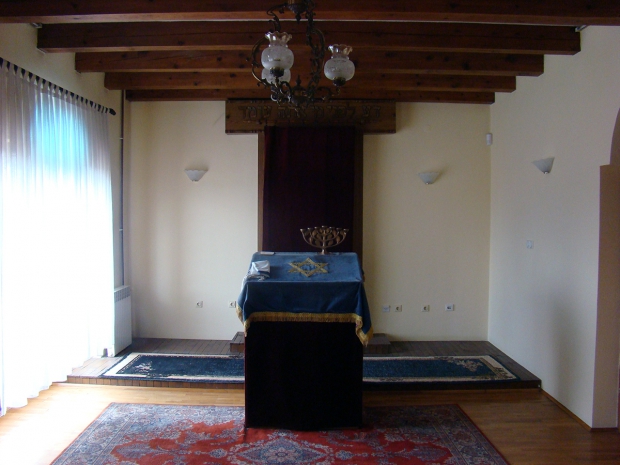
The first Jewish house with Synagogue was built in 1874 and destroyed in 1942., during the Second World War. Only the front door has been found that stand as a symbol of remembrance in the courtyard of a new Synagogue.
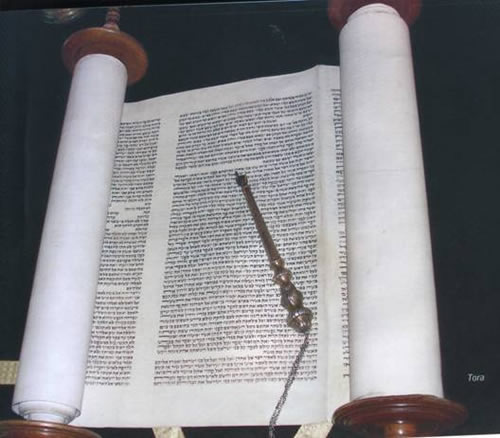
Doboj’s new Synagogue was consecrated in November 2003, after the reconstruction of the family house of Alexander Vrhovski and Oto Kalamar built in 1922 and named Beth Shalom, the Hebrew House of Peace. In addition to the Synagogue, in object acts Jewish Cultural Center and the Jewish Community in Doboj. With the help of good people, and especially Mr. Slobodan Pavlovic and his wife Mira this temple was built, in the glory of God and the joy of the Jews of Doboj region and their fellow citizens.
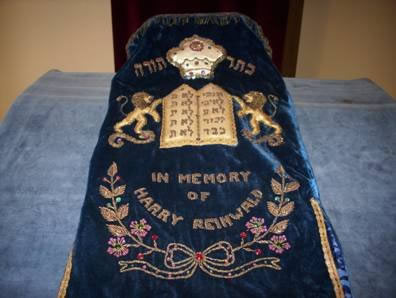
Synagogue (Greek) Assembly, a gathering. The building where Judaic activities are held.
Bet Tefila (House of Prayer)
In the center of the Synagogue, in Orthodox Judaism Bima is located, whereas in reformist and progressive community Bima, located directly in front of the Ark (Aron ha-Chodesh).
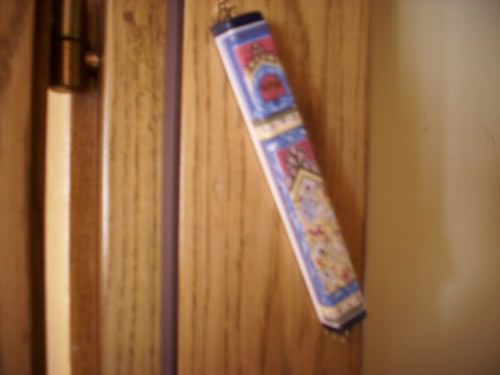
The second commandment prohibits the commission of decorating and painting, especially in the areas of prayer. Many synagogues have no picture at all, but a decoration.
If the room is only for prayers, the seat must be fixed, in the that case, they have a box in front of them intended for the disposal of prayer books and prayer shawls. Orthodox Jews will not take care of these things, even on the Sabbath, but leave their boxes to them… ”
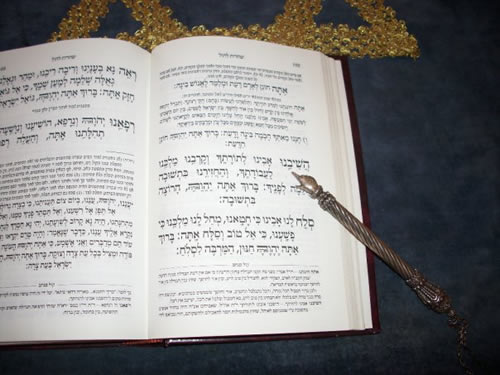
If the room has multiple applications, the furniture in it must be easy to move, it could be adapted for any purpose. Also, it must have a special cover for the Ark, for the time when the room is used for secular purposes.
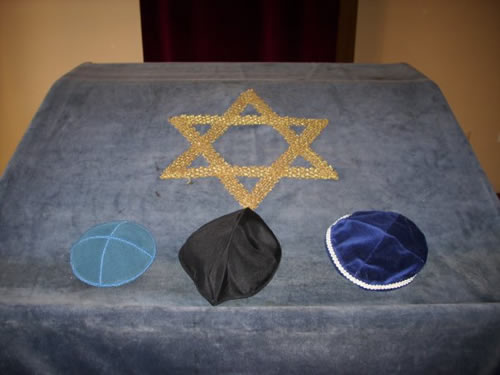
Many synagogues placed the religious motto on or near the Ark. Two joint mottos are:
• Know before whom you stand!
• Serve God with joy!
The main role of the synagogue is a common prayer. The synagogue is associated with learning, and as such is called Bet Midrash – The house of learning. Especially in the Diaspora (outside of Israel), has developed a religious community around the synagogue. It is a temple and center of community life, important institution.
In order to perform the rite in the synagogue, it is necessary for at least ten Jewish men, aged thirteen (minyan). Forehead of the synagogue faces the Jerusalem always. The synagogue is a place of common prayer, even from the 1st century to the present day, the synagogue was built to serve as a shelter for travelers, Beth orhim. When it comes to art and architecture of the synagogue, Jews accommodated to life out of the temple, accepting the dominant aesthetics of its era.
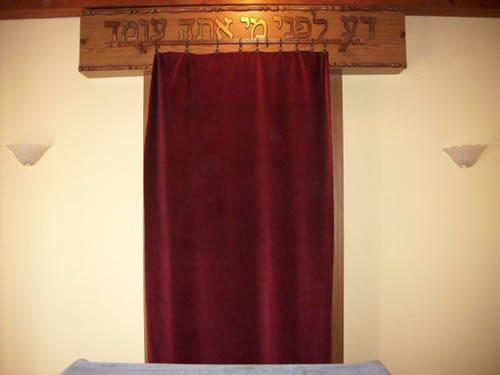
It’s sort of a shift from collective religion from the earliest times to the individualized religion of the synagogue, which is able to survive, transferred to all countries and all communities.
Until modern times, the synagogue was the seat of the Jewish experience. With liberal tendencies brought by the thought of the 18th and 19th centuries, were created numerous innovations in the synagogues of the reformist and conservative Jews.
German reformers introduced the organ and music in the religious service, what took over the conservative synagogues in the 20th century to some extent.
Accepting sermons, priest’s clothing, spoken language and secular environment, in addition to religious education, were essential elements for the development of modern synagogue.
Participation of women in the service, the first in the reformist community, and later in many other liberal congregations, have emerged as a very important issue, even in orthodox circles. That way, a synagogue got out of the ghetto as a community of medieval times. The modern age has made a greater impact on her than any other factor in its history.
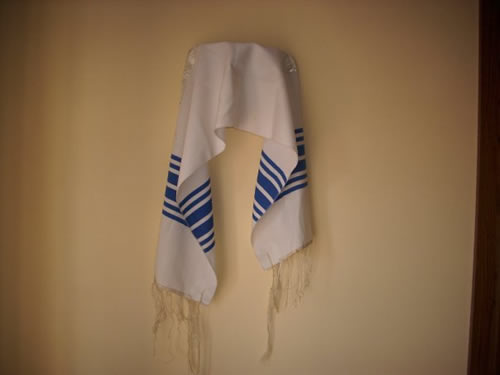
In the old era and the Middle Ages, the synagogue was the bearer of all Jewish values, as well as the center of most of the activities of the Jewish community. Today, the survival of the synagogue, as permanent features of Jewish civilization, indicating the persistence of the Jewish tradition that transcends historical time.
What you should know before visiting the synagogue?
Each synagogue has three special features:
At the head of the synagogue there is a special cabinet or room, where they placed the Torah scrolls. This is always located on the eastern side of synagogue, at its end, because it is the route to Jerusalem, where was the Temple. Besides Ark is a lamp that is always on. It’s name is Nertamid, which means everlasting light and reminds people that God is always present.
Bima is a raised platform where the Torah scrolls opening and reading. Bima has to be in the middle of the synagogue or quite close to the Ark.
In Orthodox synagogues, women and men always sit separated during prayer. Often these two parts are separated by a canvas barrier between men and women, but more often there is a gallery, called “female gallery”.
In the progressive synagogues, it is very common that men and women sit together.
Prayer in the synagogue leads rabbi, cantor or pre-petitioner. It is usual, in the synagogue, where there is no cantor, that prayer leads one who possesses the most religious knowledge.
At the door of a synagogue, on the right side, stands Mezuzah or Mizuzu.
Copyright © HotThemes. WordPress Themes by HotThemes.

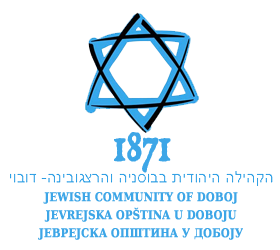
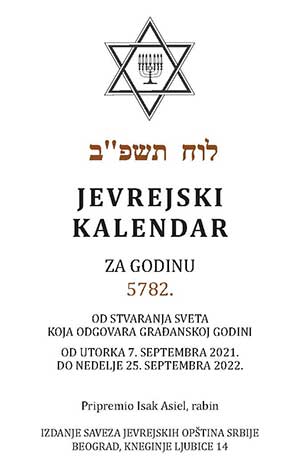
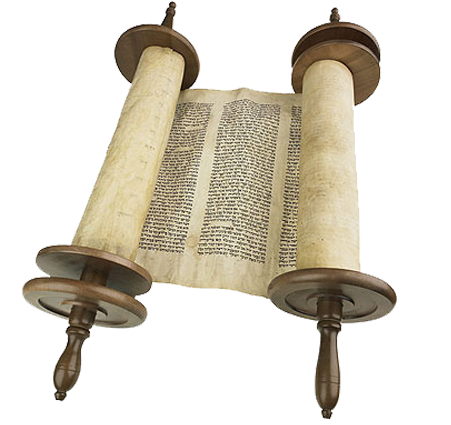





 Who's Online : 1
Who's Online : 1